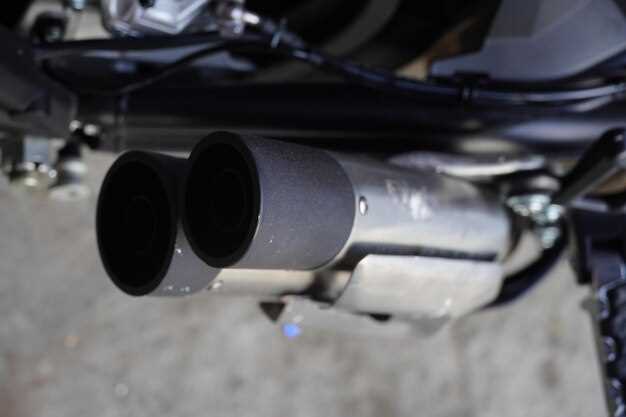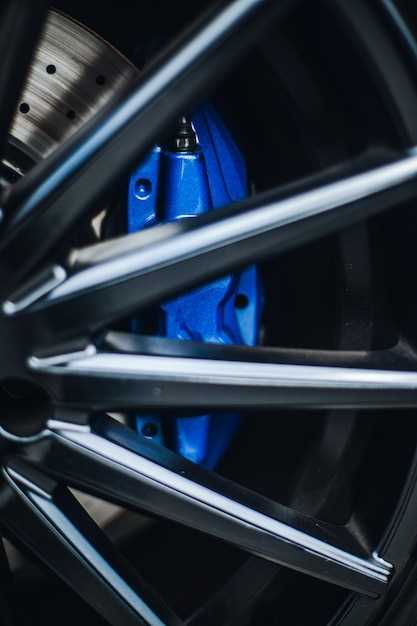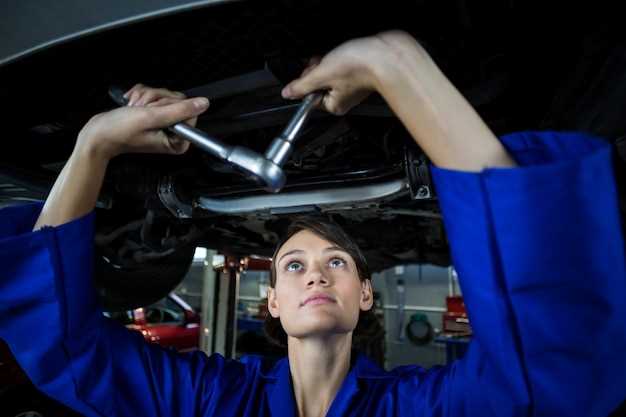Best Exhaust Systems for VW Performance

When it comes to enhancing your VW’s performance, upgrading the exhaust system is one of the most effective modifications you can make. A high-quality exhaust system not only improves the flow of exhaust gases but also allows your engine to breathe better, resulting in a notable boost in power and efficiency. Whether you’re looking to enhance the sound of your ride or achieve significant performance gains, selecting the right exhaust system is essential for unlocking your VW’s full potential.
Various exhaust systems cater to different needs and performance goals, and understanding the options available will help you make an informed decision. From cat-back systems that increase horsepower by optimizing exhaust flow to turbo-back systems that provide the ultimate power boost, there are many configurations tailored for specific VW models. Each option offers unique benefits, allowing enthusiasts to achieve the sound and performance tailored to their personal preferences.
Moreover, investing in a quality exhaust system can lead to improved throttle response and increased fuel efficiency, allowing VW owners to enjoy a more engaging driving experience. In this article, we will explore the top exhaust systems that promise ultimate performance upgrades for your VW, focusing on the features that provide the most substantial benefits in terms of boost and overall engine performance.
Choosing the Right Exhaust Material for Optimal Performance
When upgrading the exhaust system in your VW, selecting the appropriate material is crucial for maximizing power and achieving the desired boost in performance. Various materials offer distinct advantages and disadvantages, influencing factors such as weight, heat resistance, and durability.
Stainless Steel is a popular choice among performance enthusiasts due to its excellent corrosion resistance and longevity. It withstands high temperatures without degrading, ensuring consistent exhaust flow which is vital for boosting overall vehicle performance. Moreover, stainless steel systems maintain their appearance over time, making them visually appealing.
Aluminized Steel is a more budget-friendly option that provides decent corrosion resistance. However, it is less durable than stainless steel and may not perform as well under extreme conditions. While it can enhance power, it may require more frequent replacements compared to higher-end materials.
Titanium is the lightest material available, significantly reducing weight, which can be beneficial for performance vehicles. Its strength and ability to handle high temperatures make it an excellent choice for serious performance upgrades. However, titanium systems often come with a hefty price tag, which might not suit every budget.
Lastly, mild steel is often used in OEM systems and is the least expensive option. While it can provide reliable performance initially, it lacks the longevity and resistance to rust that other materials offer. This choice may yield short-term benefits but could compromise long-term performance.
Ultimately, selecting the right exhaust material involves evaluating your specific goals and budget. Consider how much boost in performance you expect from your upgrade, and choose a material that aligns with those objectives while ensuring durability and efficiency in your VW’s exhaust system.
Comparing Different Types of Exhaust Systems for VW Models

When it comes to enhancing the performance of your VW, the choice of exhaust system is crucial. Different types of exhaust systems can significantly boost engine output, efficiency, and sound. The most common types of exhaust systems for VW models include cat-back, axle-back, and header systems. Each has its advantages and impacts on performance differently.
The cat-back exhaust system replaces the exhaust components from the catalytic converter back to the tailpipe. This type allows for maximum exhaust flow, which leads to improved horsepower and torque. Additionally, a cat-back system often enhances the sound profile, producing a more aggressive exhaust note. This option is popular among VW enthusiasts looking to improve performance without compromising emissions compliance.
On the other hand, the axle-back exhaust system replaces only the components from the rear axle to the tailpipe. While this type is generally easier to install and more affordable, it provides a more modest boost in performance compared to the cat-back system. However, it can still improve sound quality and aesthetics, making it a viable option for those seeking a subtle performance upgrade.
Header systems, or exhaust manifolds, are designed to replace the stock exhaust manifold. They promote better exhaust flow directly from the engine, potentially leading to significant performance gains. Headers optimize engine breathing, which is critical for high-performance applications. However, installation can be complex, making it essential for owners to consider their mechanical skills or seek professional help.
In summary, when comparing different types of exhaust systems for VW models, it is essential to assess your performance goals, budget, and desired sound characteristics. Each exhaust system type offers distinct benefits; therefore, selecting the right one can lead to optimal engine performance and an enhanced driving experience.
Installation Tips for Maximizing Power Gains from Your Exhaust Upgrade

Upgrading the exhaust on your VW is an effective way to enhance engine performance and boost power output. Proper installation is crucial to ensure you reap the full benefits of your new exhaust system. Here are some tips to consider during your installation process.
Firstly, ensure you have all the necessary tools and parts. This typically includes ratchets, sockets, wrenches, and possibly a saw or cutting tool depending on your existing exhaust setup. Using the right clamps and hangers designed for your specific VW model will improve fitment and durability.
Before removing the old exhaust, take time to analyze the setup. Note the arrangement of pipes, connections, and mounting points. This will help you understand how the new exhaust should be positioned for optimal airflow and minimal obstruction.
When installing the new exhaust system, follow the manufacturer’s instructions closely. Each exhaust model has specific mounting requirements that, if not followed, can lead to improper fitment and limit performance gains. Ensure gaskets are used correctly to prevent leaks, which can diminish the boost effect of the new setup.
Additionally, align the exhaust pipes properly. Misalignment can result in unwanted vibrations and noise, while also restricting airflow. Double-check all connections and ensure everything is tightened securely to avoid any exhaust leaks that could undermine the performance boost.
Lastly, consider investing in a dyno test before and after your installation. This will provide quantitative data on the power gains you’ve achieved, allowing for fine-tuning and further modifications if necessary.
By following these installation tips, you can ensure your VW’s new exhaust system maximizes power gains and delivers the performance boost you desire.



